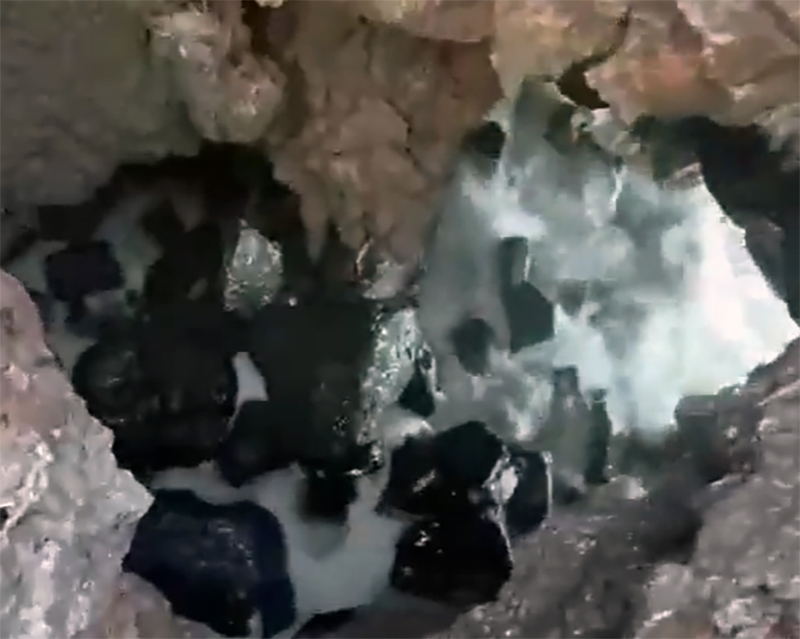Puna, Hawaiʻi – The Department of Land and Natural Resources (DLNR) is advising extreme caution in coastal areas of Hawaiʻi Island, particularly in the Puna district, after the recent discovery of a large crack in a lava delta at Kapoho. The crack demonstrates the enduring instability of these newly formed lands and may be a sign of imminent collapse.
The warning applies to, but is not limited to, the communities of Kapoho, Pōhoiki, Malama, and Kalapana.
DLNR Chair Dawn Chang emphasized the unpredictability of the newly created lands. “The safety of our residents and visitors is our top priority, and we must emphasize that these newly created lands are not safe to traverse,” Chang said. “The land is still settling and is unpredictable.”
Lava deltas are formed when molten lava from a volcano enters the ocean and is cooled, extending the island’s shoreline. According to the DLNR, this new terrain can be deceptive, with thin layers of molten rock appearing as solid ground. These landforms are inherently unstable, and vegetation may conceal deep fissures and cracks. The U.S. Geological Survey notes that a collapsing lava delta can trigger explosive activity, hurling rocks and debris hundreds of yards inland and/or seaward.
Chang added that the crack at Kapoho is a “stark reminder that even years after eruption, areas in the lava flow hazard zones are active and can be dangerous.”

